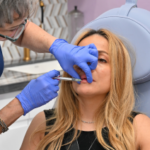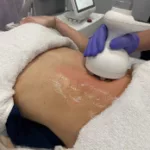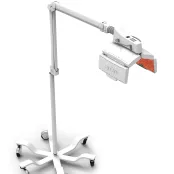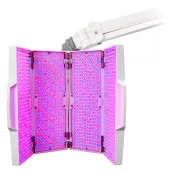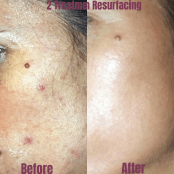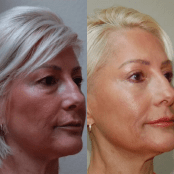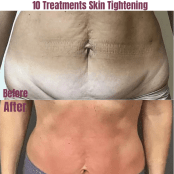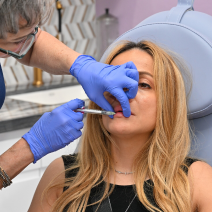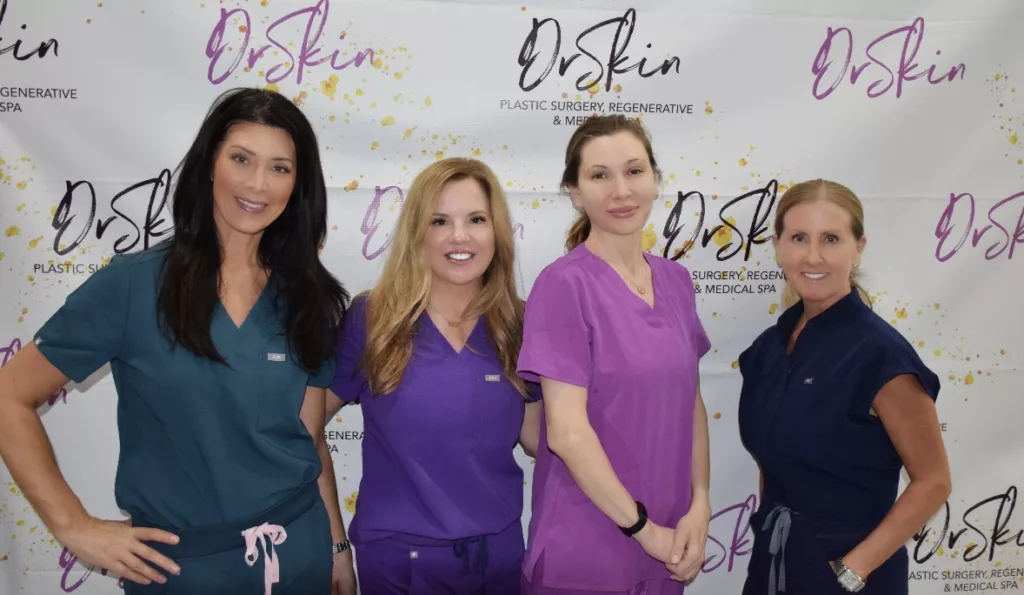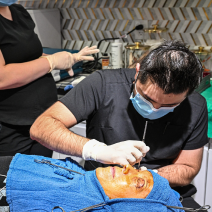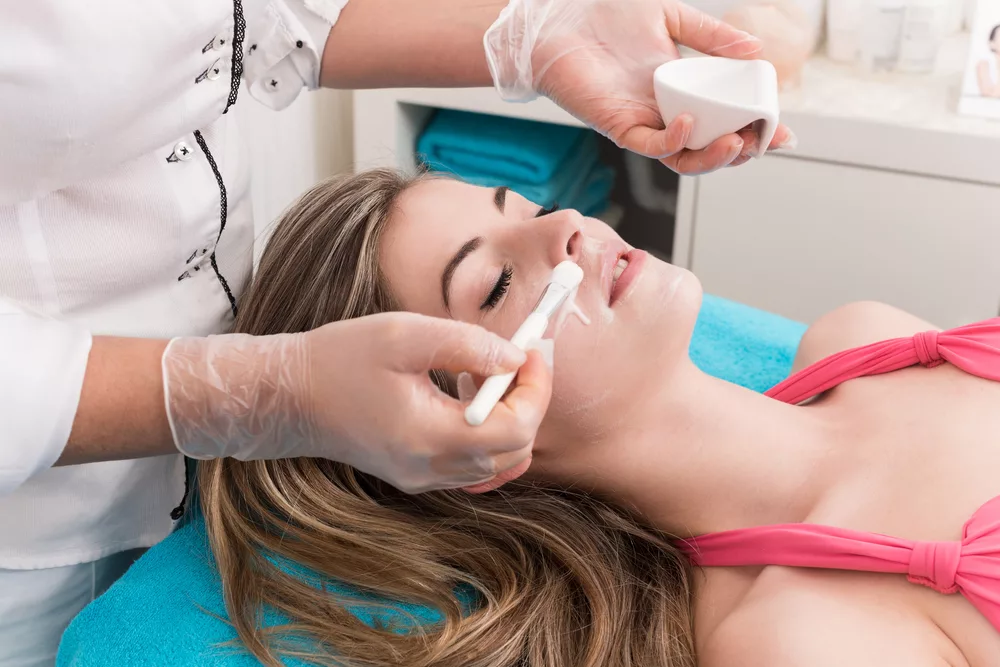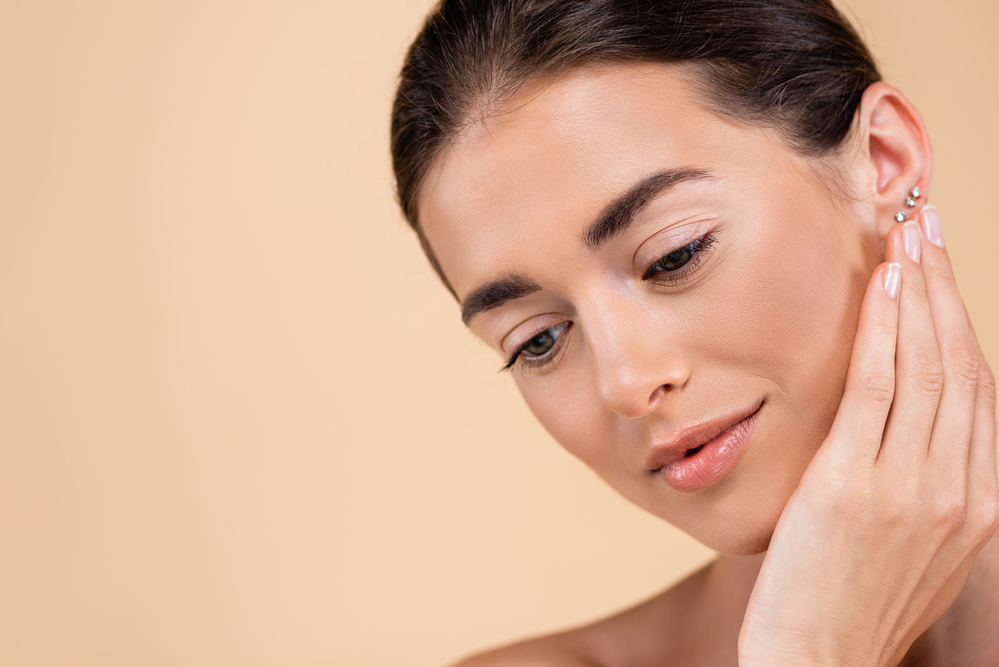When you want to rejuvenate your skin and correct some conditions, one of the available options at your local medical spa is a chemical peel. There are many varieties of chemical peels out there, and they can perform at varying depths. Chemical peels target issues like fine lines and wrinkles, uneven skin tone, sun damage, and even stimulate collagen production. Unfortunately, in the quest of achieving younger looking skin, you often have to deal with the aftermath: visible peeling.
Today, you are going to learn how to manage skin peeling after your chemical peel so you get the results you want.
What to Do After Your Chemical Peel to Manage Peeling
After getting a chemical peel, you will notice that your skin is not yet fully recovered. Your skin may feel dry, tight, and inflamed. This is normal, and you will soon entire the peeling and flaking phase of healing. Here are some tips to help you accelerate healing and deal with the peeling:
Treat Your Skin With Love
Your skin is going to need some TLC post-chemical peel. In other words, avoid aggressively rubbing your skin. If you do itch or scratch at your skin, you may disrupt the peeling process and potentially damage the new skin underneath. Allow the skin to naturally shed the old layers off.
Be Extra Careful When Washing Your Face
When your skin is wet, let’s say after a shower, the dead skin cells tend to come off more easily. However, this can also remove new cells. For the first couple of days after your chemical peel, avoid scrubbing your face with a washcloth or using a sonic cleaning brush. Instead, use a soft cloth to gently pat the skin dry.
Any crusty or rough patches can be lightly soaked with a soft cloth. That will help those rough spots heal.
Limit Your Outdoor Time
To safeguard your newly treated skin, it’s advisable to minimize your time outdoors, especially during the peeling phase. Exposing your skin to heat and UV light can worsen inflammation and potentially prolong the healing process. Whenever possible, stay indoors and avoid prolonged sun exposure.
Wear Sunscreen—Always
If you have to go outside, wear sunscreen. After a chemical peel, your skin is going to be much more vulnerable to UV damage. Apply a broad-spectrum sunscreen with an SPF of 30 or higher before going outside, even on cloudy days. Consider using a brush-on SPF powder for convenient and rub-free reapplication throughout the day. If you need product recommendations, please ask the team at DrSkin.
Use Products Meant to Soothe
During the peeling phase, your skin may experience redness and irritation. Opt for skincare products that contain gentle and soothing ingredients to provide comfort. Avoid using products with acids or exfoliating agents, as they can interfere with the skin’s natural healing process. Instead, choose a basic, gentle non-comedogenic moisturizer that does not contain any irritants.
If your skin is swelling and uncomfortable, you can hold a wrapped ice pack against your face for no longer than 15 minutes at a time. That will reduce the inflammation.
What Not to Do After a Chemical Peel
Doing the above will help your skin heel and also limit how much peeling you have to endure. Now, let’s discuss what you should not do during the healing phase:
Don’t Pick at Flaky Skin
One of the most crucial aspects of post-chemical peel care is resisting the temptation to pick or pull at the peeling skin. The purpose of a chemical peel is to remove the outer layers of damaged skin and reveal fresher, healthier skin underneath. Prematurely removing peeling skin can lead to scarring, redness, and rashes.
Don’t Over-Moisturize or Over-Exfoliate
It’s important to strike the right balance when it comes to moisturizing and exfoliating after a chemical peel. While it’s necessary to keep the skin hydrated during the recovery period, excessive moisturizing can impede the peeling process and prolong the healing time. Avoid over-moisturizing by sticking to your regular moisturizer routine, applying it once in the morning and once at night.
Similarly, refrain from over-exfoliating the skin during the peeling phase. The chemical peel itself is a form of exfoliation, and additional exfoliating treatments can be too harsh and potentially damage the delicate new skin underneath. Avoid using products or techniques that contain acids or enzymes, which are designed for exfoliation, until your skin has fully completed the peeling process, usually around 3-4 days after your treatment. Let the skin shed naturally on its schedule, rather than trying to accelerate it through excessive exfoliation.
Don’t Workout Too Vigorously
Excessive sweating during the peeling phase can exacerbate skin sensitivity and potentially cause blisters or rashes. Sweating can create a moist environment on the skin, which may disrupt the healing process and increase the risk of infection. Therefore, it is important to avoid engaging in activities that induce excessive sweating until the peeling process is finished.
To minimize the risk, it is advisable to avoid activities that cause excessive sweating, such as intense workouts, hot yoga, or prolonged exposure to hot and humid environments. Instead, opt for light exercises or activities that do not induce heavy sweating. If you do engage in physical activity, make sure to cleanse your skin gently afterward to remove any sweat. Also, apply a non-irritating moisturizer to help soothe the skin.
Enjoy Renewed and Revitalized Skin With a DrSkin Chemical Peel
Managing visible peeling after a chemical peel is all about gentleness and patience. By understanding the do’s and don’ts of aftercare, you can ensure your skin heals optimally while avoiding excessive peeling. Remember, you want to be careful; avoid excessive sweating, rubbing, and harsh skincare products. Let the skin shed naturally on its own schedule without using additional exfoliating products or treatments. This allows the new, healthy skin to emerge without disruption. Now that you know how to manage peeling and flaking, why not schedule your next chemical peel at DrSkin? Give us a call or send a message to set up an introductory consultation or book your appointment!







